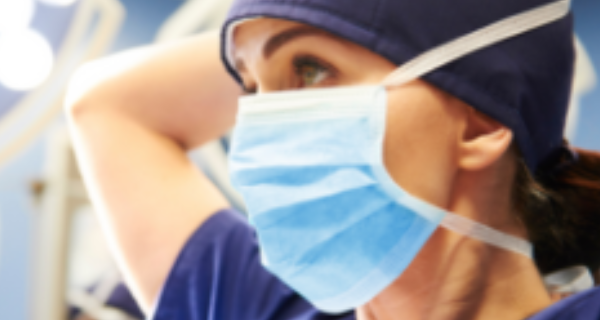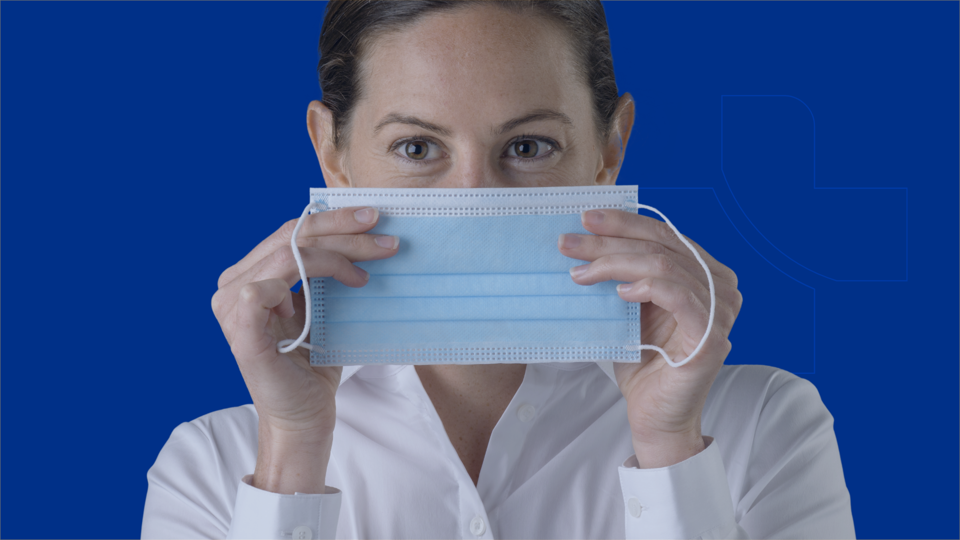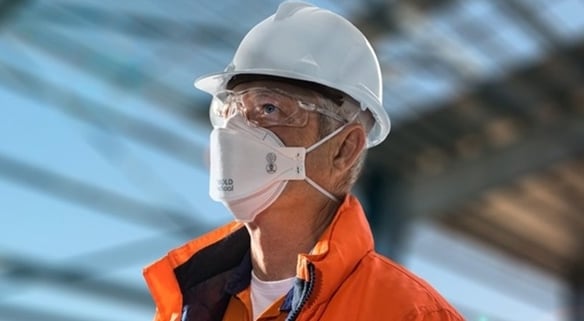General Practitioners are often the first point of contact for people seeking medical care, diagnosis, or treatment for specific health issues. Because general practitioners regularly encounter sick patients, it is essential they follow infection prevention methods, like wearing personal protective equipment (PPE) and maintaining general hygiene practices, while on the job. The same duty of care is required in Aged Care settings where workers care for and protect vulnerable elderly.
What is a general practitioner?
A general practitioner (GP) or physician is a doctor who has completed a basic medical degree followed by a one-year internship at a recognised hospital. To become a fellow of the Royal Australian College of General Practitioners (FRACGP), general practitioners must complete the Australian General Practice Training (AGPT) Program, which involves an additional three to four years of training in general practice and an exam.
General practitioners play a central role in addressing the health issues of their patients. GPs provide a broad range of medical care for their patients, from prescribing medications and treating health concerns to providing health screening and referrals to other specialists. Often, your general practitioner is your first point of contact if you have a health concern and over time, they often provide continuing care to patients and their families.
What is personal protective equipment?
As a general practitioner, it is essential to protect yourself against exposure to illness and infectious diseases. Personal protective equipment acts as a physical barrier to help minimise health and safety risks for general practitioners and other health professionals. The type of PPE required in clinical practice depends on the risk assessment and the type of health services that are offered.
Here are some of the main types of PPE that are commonly used by health professionals across different medical settings.

Face masks
Medical-grade face masks, including medical procedure masks and surgical face masks, are recommended for use in hospital and healthcare settings. These single-use masks help to protect general practitioners against splashes and sprays (sneezes and coughs) from their patients. These masks also function as effective source control measures by preventing droplets of bodily fluids from escaping via the nose and mouth, so they can also be offered to patients suffering from respiratory illnesses.

Respirators
Respirators offer the highest level of protection when worn correctly. Respirator face masks are designed to filter out non-oil-based airborne particulates and bacteria, making them ideal for use in healthcare settings or hospitals.
Gloves
Disposable gloves are important for protecting your hands when you come into contact with bodily fluids or other infectious materials. Gloves should be changed between patients or when they become torn or damaged.
Gowns and Aprons
Disposable gowns can provide an additional layer of protection when treating patients with contagious illnesses. They should be used when there is a risk of contamination from bodily fluids or other infectious materials.
Glasses and Goggles
Eye protection, like glasses, goggles, or face shields, can help prevent exposure to infectious droplets or splashes. They should be used when there is a risk of exposure to blood or bodily fluids.
Uniforms
Some general practitioners choose to wear scrubs as their uniform when providing medical care for their patients. Uniforms help to prevent the spread of disease from outside into medical practice and vice versa.
Other risk management measures for doctors
While wearing medical PPE is essential when providing care to sick patients, it is important to use these measures alongside other hygiene procedures, including:
- Hand hygiene: Hand hygiene is one of the most important measures to prevent the spread of infectious diseases. You should wash your hands frequently with soap and water for at least 20 seconds or use an alcohol-based hand sanitiser.
- Cleaning and disinfection: Some viruses can survive on surfaces for days at a time, which can pose an increased risk of transmission. Regular cleaning and disinfection of frequently touched surfaces in your practice, such as exam tables, door handles and equipment, is essential. Make sure to use appropriate cleaning and disinfection products and follow manufacturer instructions.
- Physical distancing: Encourage social distancing in your waiting area and exam rooms. You might want to consider implementing telehealth appointments for non-urgent patients.
As the Southern Hemisphere’s largest manufacturer of high-quality respirators and face masks, Detmold Medical is proud to supply medical PPE to some of Australia’s largest government healthcare departments, hospital groups and distributors. Explore our range of face masks, respirators and other PPE and medical consumables that have been designed in collaboration with leading healthcare and industry experts.





